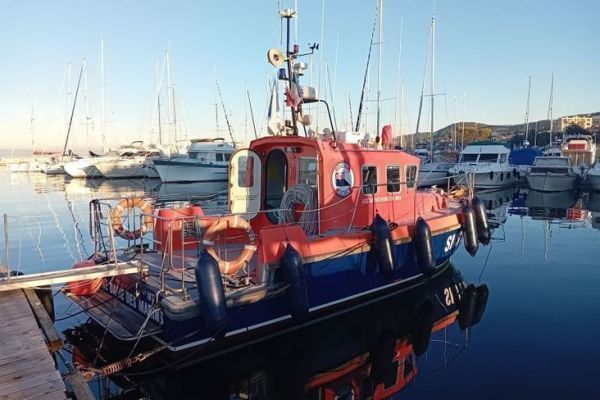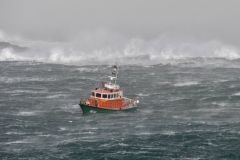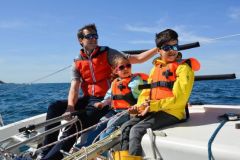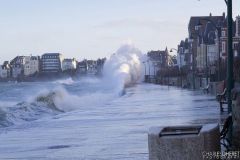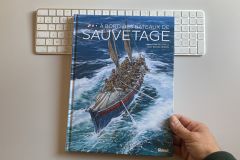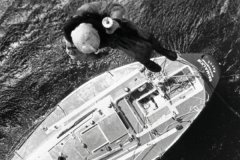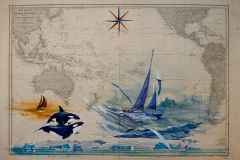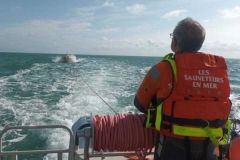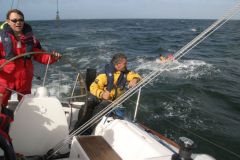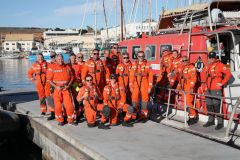An unsinkable 2nd-class launch
SNS 281, based in Martigues, is an unsinkable 2nd class lifeboat. She is powered by two 200 hp Iveco engines, giving her a top speed of 23 knots.
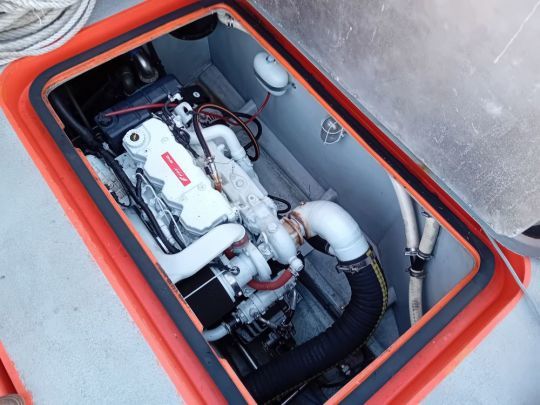
Armed with a crew of between 4 and 6 rescuers, it carries out around 30 interventions each year. Its mission area encompasses the Etang de Berre and the Rade de Fos. As a result, it responds to boaters in distress, water sports enthusiasts and deckhands on one of the many cargo ships in the Gulf of Fos.
Its legal autonomy for rescue missions is 12 hours.
Each crew member is linked to the station via an application, which allows the launch's skipper to check each other's availability. In the event of an alert, the skipper selects the available crew members, who receive a request to assemble on the launch.
The launch must be ready to leave within 15 minutes of being alerted.
A complete range of equipment for every situation
Its two Iveco engines are each fitted with a high-capacity pump. The first supplies the on-board fire hose, while the second will be used in the event of a major leak.
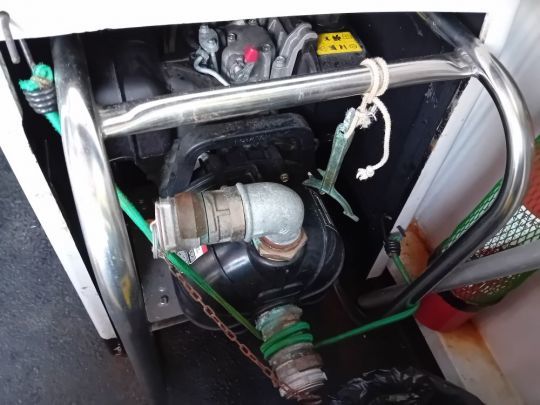
The SNS 281 is also equipped with a mobile motor-driven pump, stored in the wheelhouse, for water ingress onto the applicant's boat.
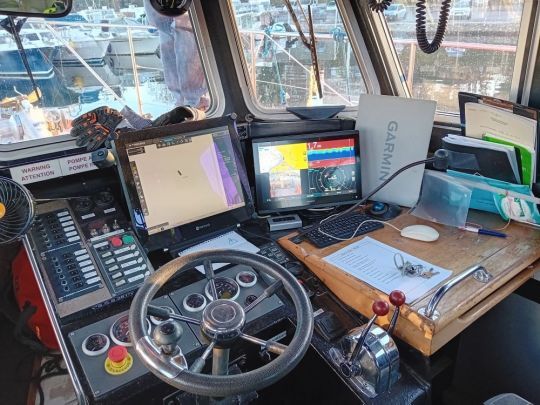
On-board electronics are very dense for a 2nd class launch. The wheelhouse houses a marinized PC, a Garmin combi, two VHFs, AIS, a direction finder and a navigation unit.
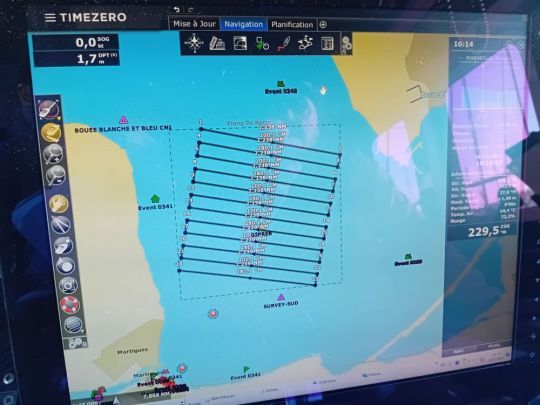
The PC is equipped with Time Zero, which facilitates the application of Cross Med directives. For example, when searching for a claimant, the area to be bleached appears automatically on the screen, indicating course and distance to be covered, thus avoiding tedious calculation sessions on a speedboat battered by the waves.
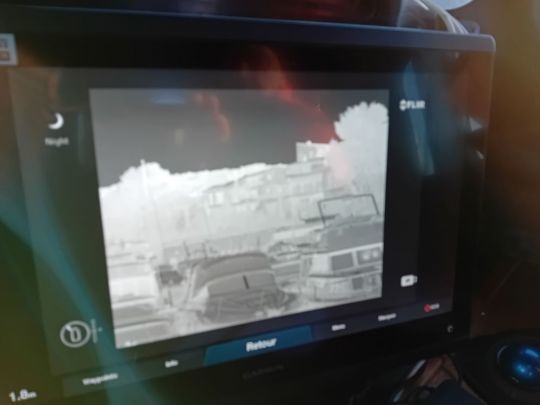
This launch is one of the few to be equipped with a thermal imaging camera, which is mounted on the front of the wheelhouse. This cutting-edge equipment greatly facilitates the search for a person who has fallen overboard. What's more, when searching at night, it's a highly effective tool for combating stray lighting, which is very common around the Etang de Berre.
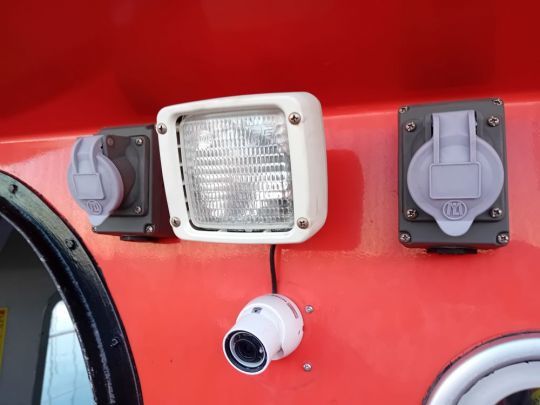
Another rear camera, linked to the navigation system, enables the launch's skipper to keep an eye on the manoeuvring area.
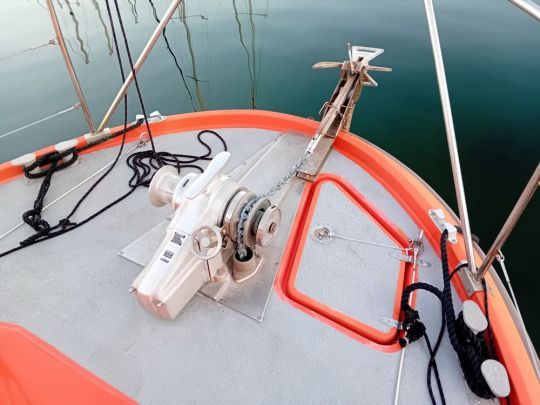
The bow features a windlass and solid cleats.
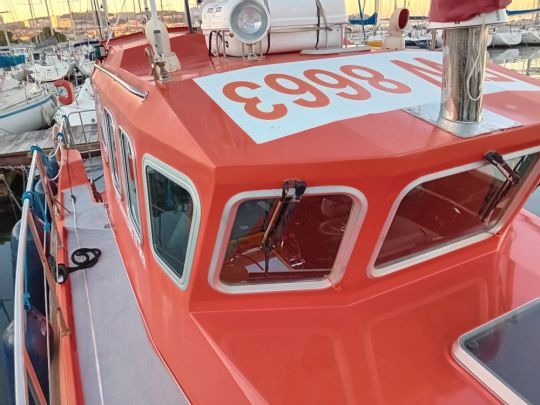
At the rear, the trailer is stored on a rack attached to the wheelhouse. There are plans to install a storage reel on the rear deck to facilitate maneuvering.
An interior volume that makes the most of every space
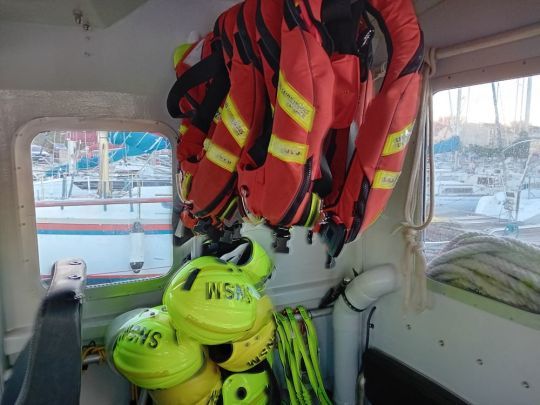
In addition to navigation instruments, the wheelhouse houses some of the rescue and emergency equipment. Each crew member is fully equipped, with helmet and self-inflating lifejacket.
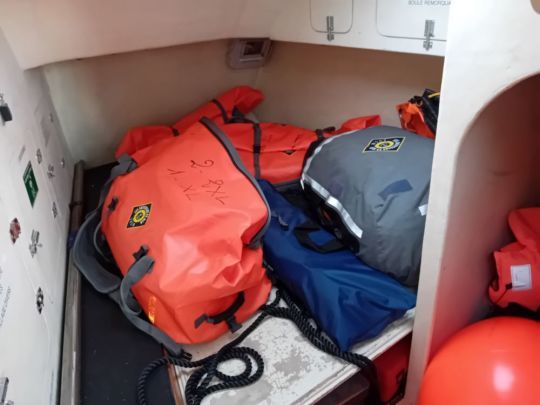
The forepeak contains all medical assistance equipment. The on-board pharmacy is a standard nomenclature.
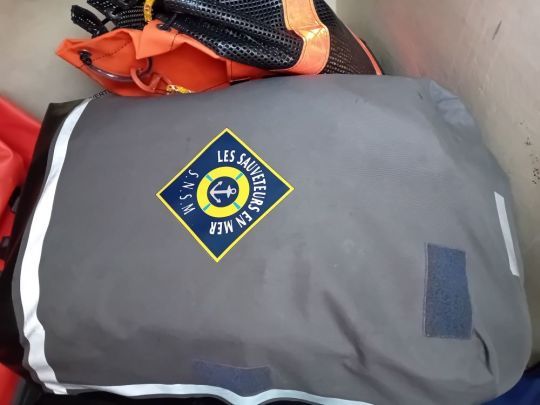
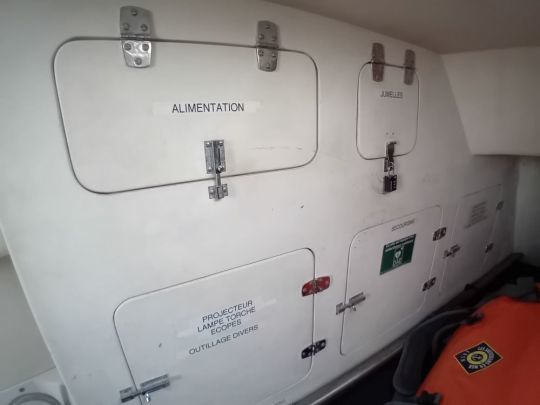
If any medical personnel, doctors or nurses, were to be hoisted onto the launch, they would be fully aware of the equipment available to them.
